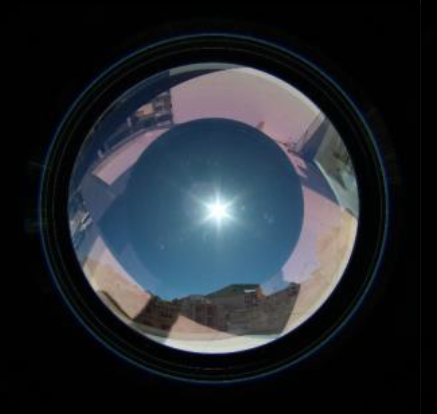The Preliminary Assessment of Visual Performance of Novel Switchable Glazing Assemblies for Glare Control in a Mediterranean Climate

Abstract
The control of glare in office environments is often retrospectively improvised using shading devices, typically internal blinds. This also involves blocking the view, with an unwarranted artificial lighting load during broad daylight. Today’s glazing technology, particularly that of the IGU (insulated glazing unit) delivers much of the expected performance in terms of better U-values, g-values, and the VLT (visible light transmittance). However, despite the leap towards energy efficiency goals, visual comfort is still being compromised in climates with high solar insolation resulting in intolerable glare, both with the view outwards, as well as on screen. This paper discusses a preliminary assessment of the visual performance of a novel glazing assembly comprising of two, independently switchable solar-PDLC (solar Polymer Dispersed Liquid Crystal) and SPD (Suspended Particle Device). These interlayers are intended to control the visible light transmittance into an indoor space. The outcome of this study shall be used to determine the order and assembly combination of a prototype IGU for eventual full-scale testing from both visual and thermal comfort perspectives. Using a scaled model to represent a typical indoor space with a high glazing ratio and a luminance photometer, the Daylight Glare Probability (DGP) provided by the different states and positioning of the switchable glazing are compared to that provided by conventional static glass under identical field test conditions. Comparisons of the visual appearance of the potential combinations of these technologies were also investigated, to assess the ability of switchable films to instantly convert transparent openings into opaque, wall-like elements. Results indicate that such a combined switchable glazing assembly does have the potential for reducing glare, and thus merits further investigation in a full-scale study.
Published
Issue
Section
Smart Glazing, Solar & BIPV
License
Copyright (c) 2024 Etienne Magri, Vincent Buhagiar, Mauro Overend

This work is licensed under a Creative Commons Attribution 4.0 International License.



